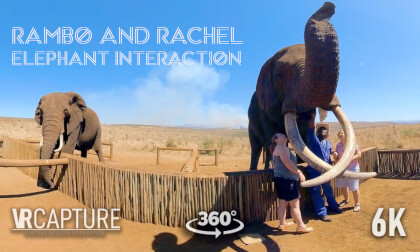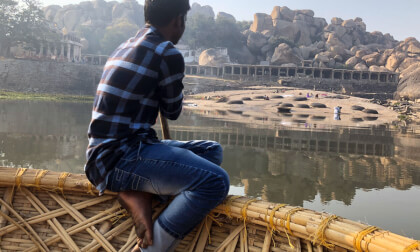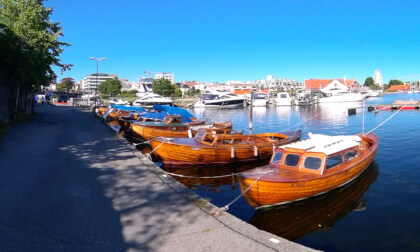This is VR content
Download
DeoVR app
to watch in VR


BazTravels
Released: 2 years ago
Passthrough
Get the action happening right at your place with DeoVR passthrough. Open a video in DeoVR app and click
Recommended headsets:
Meta Quest 3, and Quest Pro with stereoscopic color passthrough, Pico 4 (monoscopic color passthrough).
Compatible headsets:
Quest 2, Valve Index (monoscopic black and white passthrough).
Passthrough is not compatible yet for Oculus Link cable.
Check out our complete guide to passthrough and join in the discussion at our busy forum.
Welcome to BazTravels and I hope you enjoy my VR180 videos
YouTube: https://www.youtube.com/c/BazTravels
The clean-up of Singapore River and Kallang Basin took place largely between 1977 and 1987. Besides the physical cleaning of the heavily polluted rivers, the massive exercise also involved the removal of various sources of pollution, the provision of proper sewage infrastructure and new facilities for resettled residents and businesses, and the implementation of anti-pollution measures to minimise future pollution.
Background
Singapore River had become the centre of trade and commercial activities by the end of the 19th century. However, as businesses flourished and the number of people living and working along the river grew, the waterway became increasingly polluted. Businesses such as gambier processors, sago factories, seaweed factories, as well as cottage industries and street hawkers dumped their waste into the river, while lighters transferring cargo to and from ships anchored out at sea dirtied the waterway with oil and debris. Without proper sewage facilities, squatters also discharged their bodily waste into the river, contributing to the stench. The rivers near Kallang Basin were similarly polluted, with shipyards, duck farms and pig farms adding to the problem.
https://eresources.nlb.gov.sg/infopedia/articles/SIP_2019-05-21_104327.html
YouTube: https://www.youtube.com/c/BazTravels
The clean-up of Singapore River and Kallang Basin took place largely between 1977 and 1987. Besides the physical cleaning of the heavily polluted rivers, the massive exercise also involved the removal of various sources of pollution, the provision of proper sewage infrastructure and new facilities for resettled residents and businesses, and the implementation of anti-pollution measures to minimise future pollution.
Background
Singapore River had become the centre of trade and commercial activities by the end of the 19th century. However, as businesses flourished and the number of people living and working along the river grew, the waterway became increasingly polluted. Businesses such as gambier processors, sago factories, seaweed factories, as well as cottage industries and street hawkers dumped their waste into the river, while lighters transferring cargo to and from ships anchored out at sea dirtied the waterway with oil and debris. Without proper sewage facilities, squatters also discharged their bodily waste into the river, contributing to the stench. The rivers near Kallang Basin were similarly polluted, with shipyards, duck farms and pig farms adding to the problem.
https://eresources.nlb.gov.sg/infopedia/articles/SIP_2019-05-21_104327.html






























